Jobs to be Done - Dave Wascha
The Jobs to be Done Approach explained by Dave Wascha, Zoopla Product Manager formerly of Moo.
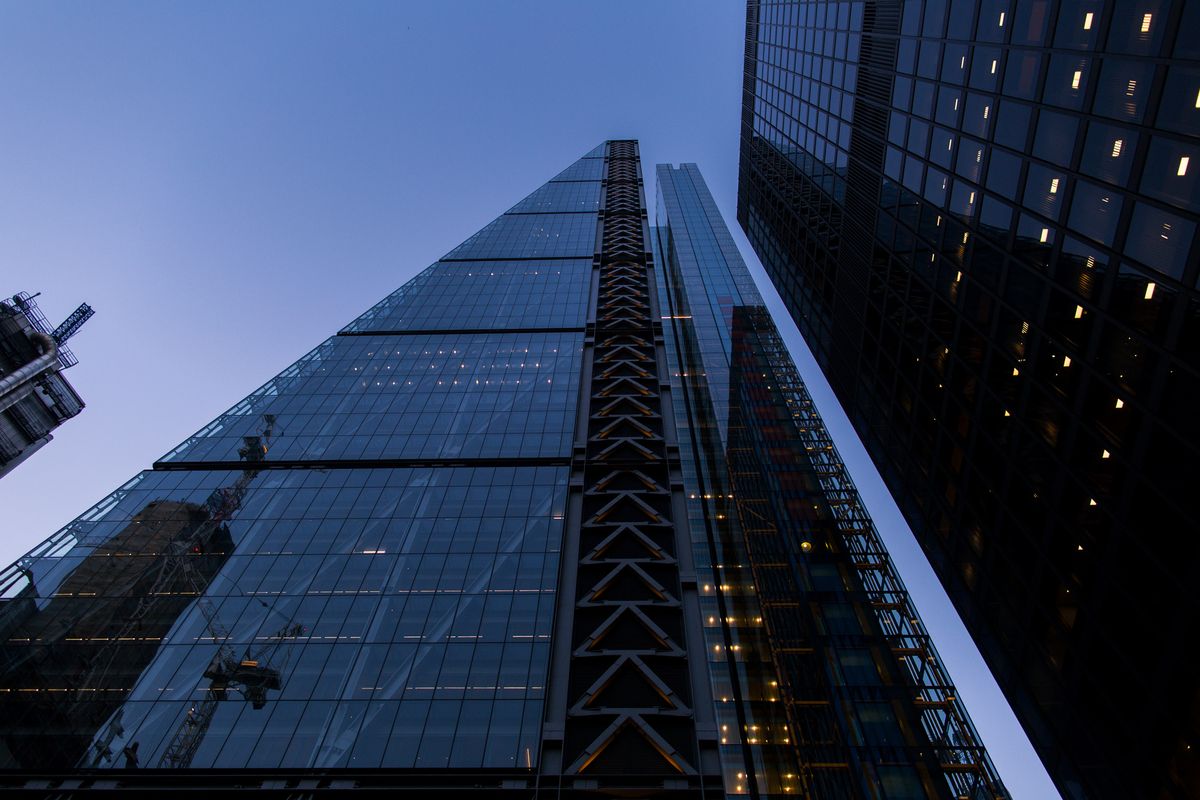
Late August of 2013, I'd signed up to an evening talk hosted at MOO. All things pertaining to the art of Boudoir. Well, that was the plan, the Photographer cancelled last minute.
Boudoir is French for a woman's private sitting room, a space for sulking in. The term derives from the French verb bouder – to sulk or pout.
Luckily, MOO's Chief of Product, Dave Wascha stepped in. He didn't talk Boudoir, but he did stop me from sulking. Entertaining us with 4 stories focused on uncovering a customer's real needs. Referencing Tony's Ulwicks book "Jobs to be Done", he outlined how a product may be performing a hidden underlying job. And just how critical it is to find it.
McDonald's Chocolate Milkshake
Turns out milkshake has played a central role in the origins of the McDonald's franchise. In 1954, a gentleman by the name of Ray Kroc received an order of several five-spindle, milkshake mixing machines.
Intrigued by the large order. He travelled across the country to San Bernardino, California to see what kind of restaurant needed to churn out 40 milkshakes at a time. There he found a small hamburger restaurant run by two brothers.
Fast forward 50 years, McDonald's executives found that sales of their chocolate milkshake between 6-8am were skyrocketing. They made a visit to one of their restaurants and observed what was going on. It seemed people were looking for morning nourishment. So a line of smoothies were introduced.
But customers continued on buying the chocolate milkshakes.
"We need to understand why customers only purchase our shakes?" relayed the board. So the executives went back and stood inside the restaurant for 18 hours and recorded 'Why does my milkshake bring all the boys to the yard?' Sorry.
They noted what time they bought the milkshake, what were they wearing? If they were alone or with others? Did they buy other food with it? Did they drink it in the restaurant or go off in the car? It turned out the customers were always alone, it was the only thing they bought and always got in a car and drove off.
The following morning the executives went back and approached each milkshake purchaser as they walked out.
"Excuse me, you're creating real trouble for me because I...(sigh) Look can you tell me what job arose in your life to cause you to come here at 6:30 in the morning to buy a milkshake?"
I'm sure they got a few looks. Thankfully they re-framed the question. 'OK think about the last time you were in the same situation where you had to get the job done but didn't hire a milkshake from McDonald's. What did you hire instead?
One guy said "Oh yeah, I hired a doughnut to do the job. But I could never hire just one." Another commented "Bagels, but boy they're dry and tasteless. I steer the car with my knees whilst I put some creme cheese on them." One admitted "You know I never thought about it before, but last Friday I hired a banana to do the job. But it didn't do the job very well. I finished it in less than a minute. Another guy disclosed he hired a Snickers Bar to do the job. "But I felt so guilty. I never hired a Snickers again..."
The job the milkshake was hired for was to give the customer something to do inbetween sitting in traffic and fiddle with the car radio during their commute to work.
By asking a series of why questions, they found that customers weren’t purchasing it for a breakfast replacement or nourishment. The feature that was selling so many milkshakes – was its thickness.
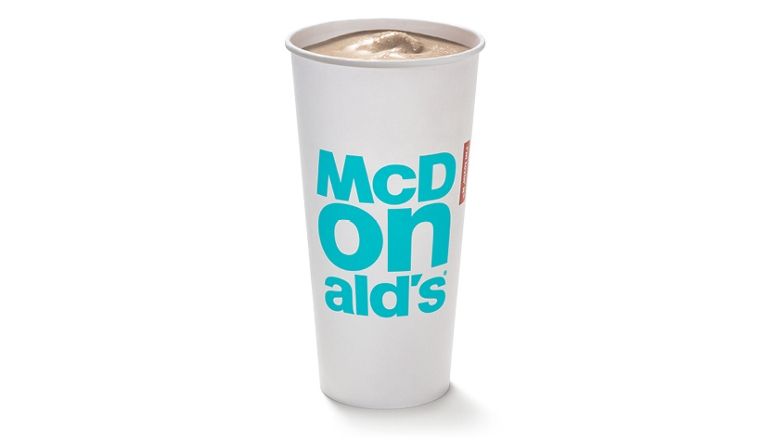
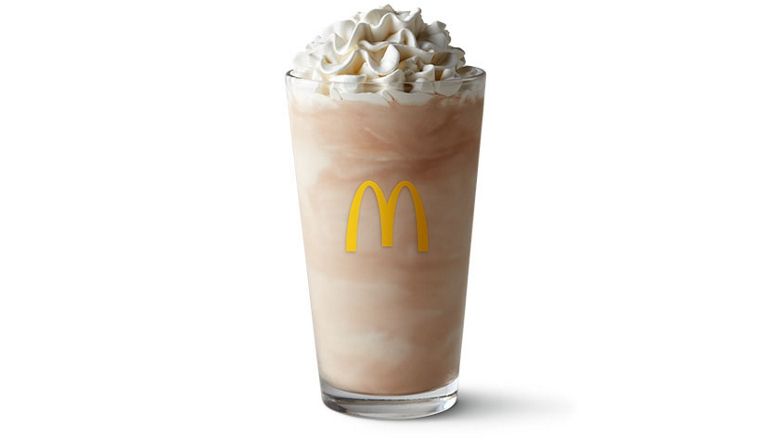
The average McDonald's milkshake is so thick it takes 23 minutes to drink. Thick enough it won't spill in the car's cup-holder. Which elevates it over its other rivals – tea and coffee. Which on average is 26.6 minutes in the USA. It's thick enough it won't spill in the car's cup-holder. Which puts its other rivals – tea and coffee at a disadvantage.
With this insight McDonald's:
- Made their milkshakes even thicker.
- Stirred in extra bits of fruit. Not to make it healthy, it's not hired for that, but to add some unpredictability to their routine.
- Moved the milkshake dispenser from behind the counter to the front. Allowing customers to dash in with a pre-paid card and 'gas-up-and-go'.
The sugar high from 29 teaspoons would get them through well into midday. Where the job of the sugar crash could be marketed to with lunchtime meals.
McDonald's Large Chocolate Shake Nutrition Summary
| Nutritional Info | Per Portion | % DV* |
|---|---|---|
| Energy | 840 kcal | 42% |
| Total Fat | 22 g | 29% |
| Total Carbs | 142 g | 52% |
| Saturated Fat | 14 g | 71% |
| Dietary Fibre | 1g | 4% |
| Calcium | Not Stated | 50% |
| Protein | 19 g | 26% |
| Trans Fat | 1 g | N/A |
| Total Sugars | 122 g (29 teaspoons) | N/A |
| Iron | Not Stated | 4% |
| Cholesterol | 90mg | 30% |
| Vitamin D | Not Stated | 0% |
| Potassium | Not Stated | 20% |
| Sodium | 420mg | 18% |
*Percentage of recommended Daily Value (DV) for adult.
McDonald's realised their competition was not just from Burger King and Wendy's milkshakes. But also bagels, fruit and sweets like Snickers. The potential market-size was much larger than they had realised.
Make a habit of personally asking customers why they chose your service - with why, why, why, why and why follow-up questions. If you're adept at making quick rapport, ask during the service too. Automated email forms and app ratings can be gamed or filled out insincerely.
In a tech-based society, communicating offline in a genuine way to all age demographics and tribes has become a highly sought after skill.
Baby Food
'In the last 60 years, baby food hasn’t changed a great deal. If you were the Product Manager, the typical approach would be to go and ask people ‘how can we make better baby food?’
What you would hear from parents feeding kids would be part Miss World, part Mother Teresa: ‘Well, we really, really want them to be healthy. What I care about most is nourishing my child. The children are our future...'
The trend is ‘this is organic, contains a source of Omega 3, no GM or preservatives. It contains two portions of veg'. It’s all about selling how healthy the product is. Manufacturers compete on who is the "most healthiest".
But you can only take that so far with blended food.
Now, if you took the jobs to be done approach and said, I don’t really care about what you think. Let’s talk about the job of feeding your child. The process, the emotions associated with actually feeding your child. What you discover, is once you continually drill down. There are three really, really annoying things about these products. And it’s nothing to do with the ingredients.
Firstly, the jar is made of glass. And you’re around a baby who’s throwing everything on the floor that they can get their hands on. That's not ideal. It’s dangerous.
The second, it’s quite expensive.’ You think, that sounds absurd. Well 'as soon as you uncork the glass jar, the clock starts ticking on when it’s going to go bad. So if I've misjudged if my child is hungry, doesn't eat all of the food or if I’m not near a fridge. I have an hour, maximum two, before it goes bad. Once opened, my child may not eat it all. You can’t even get through a transatlantic flight with one of these things once you open it.'
The third, it's a hugely messy operation. The food is everywhere.
All these things really frustrate parents.
So you ask ‘OK, tell me how you prepare when feeding your child? Tell me what you care about when you’re feeding your child?' Keep having these conversations.
‘Tell me what the perfect “feeding my child picture looks like?’
'It would be mess free, I wouldn’t be wasting food, wasting money and no more broken glass.' So not only do they care about the healthiness of the food, but now you see lots of other places where you can add value. 'How do you reduce the mess? How do you reduce the likelihood the food will be wasted?'
Enter Ella's Kitchen.

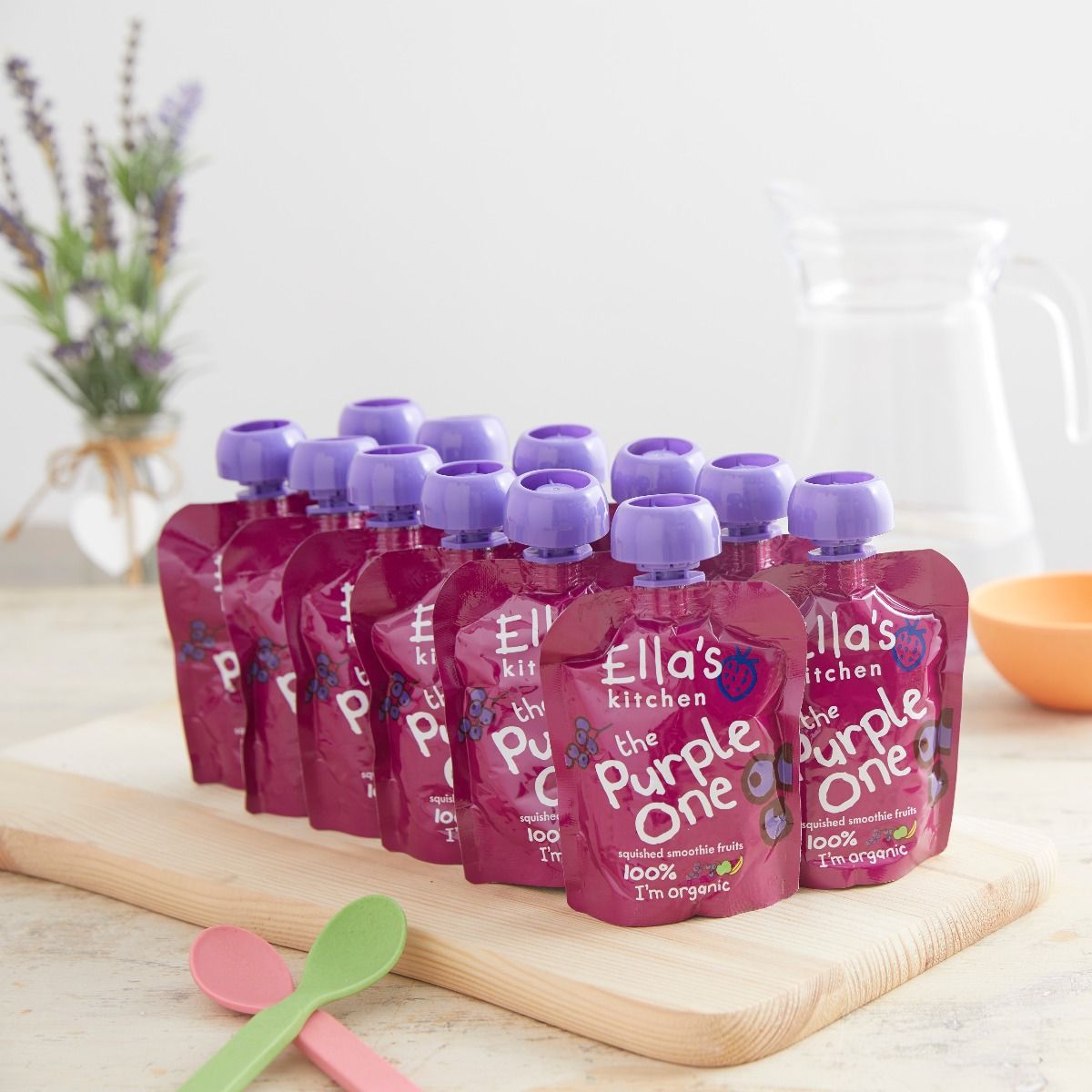
Partnering with a packaging company in Spain. They were the first to deliver baby food in pouches and took the market by storm. They understood what the important things throughout the process of feeding the child were. Not just 'what do you care about in baby food'. They asked their way to a higher quality question.
“Tell me how to make your baby's food?”
-
You open the packet like a tube of toothpaste. Put one bite-size portion onto a spoon and feed your child.
-
Put the cap back on and the food stays fine for a couple of days. The hole is so small the food takes longer to oxidise.
-
The packaging solves the broken glass and resolves the problem of children choking. The lid is intentionally large. If the child is able to get it in their mouth, they'll continue breathing as it has air vents.
Customers won’t articulate the fact they don’t want to make a mess if you ask them ‘What do you care about in your baby food?
If you ask them ‘what do care about when you’re feeding your child? They will say ‘well… in an ideal world I wouldn’t have to clean the mess after I’ve finished feeding.’
Ella took a considerable market share because they solved the clients problem. Smartly capturing markets by partnering with British Airways to provide fruit smoothies on flights and pharmaceutical chains Boots at airport lounges.
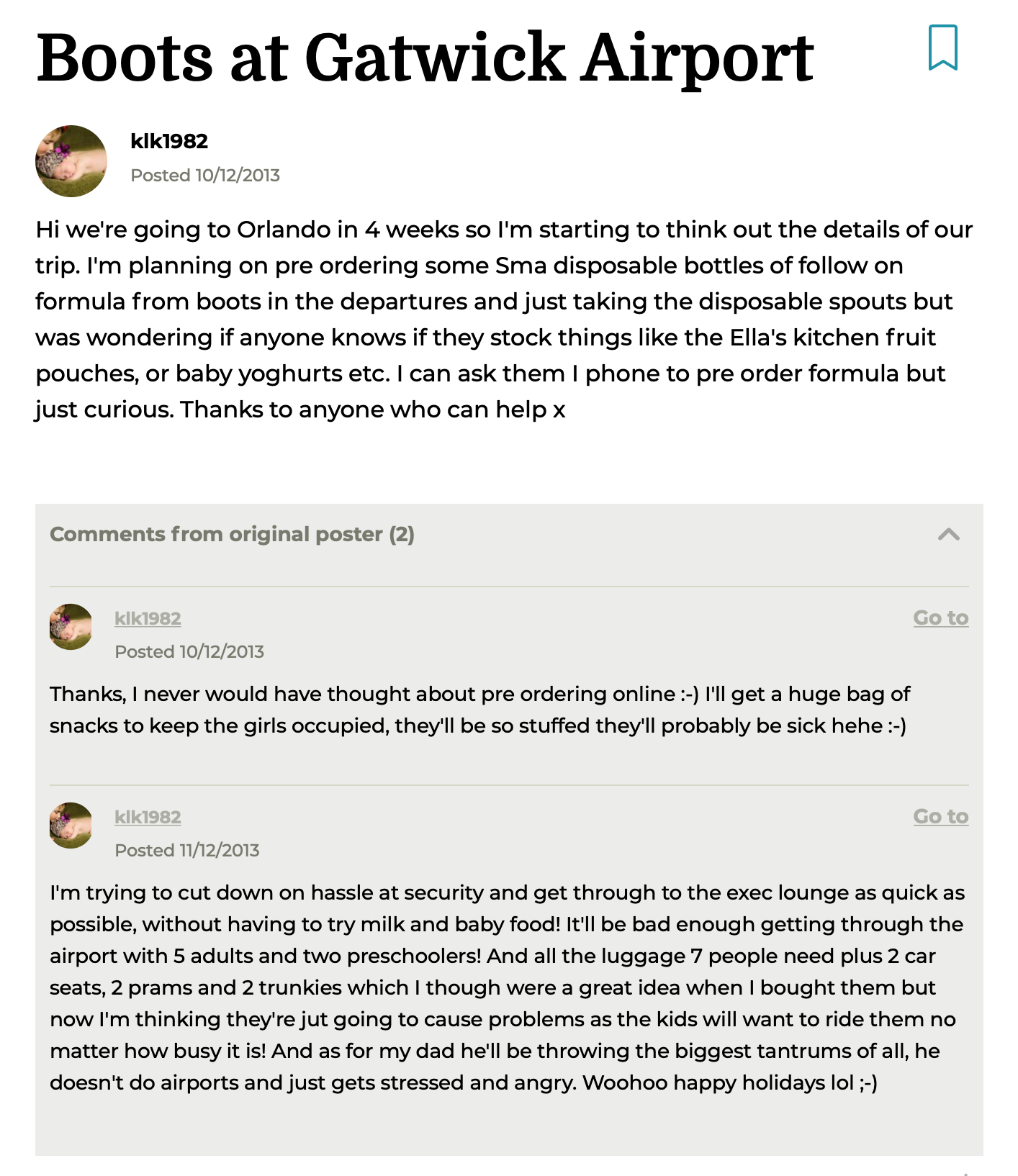
A few months after the Dave Wascha's talk I came across the above forum thread. An example of how convenient its packaging had become with busy Mums.
The quality of your why questions will dictate the quality of answers.
Eastman Kodak
A company who misunderstood why customers were buying their products spectacularly wrong were Kodak. To the tune of $120BN.
$120,000,000,000.
They owned 90% of the market in making pictures magically appear using strange devices to expose pieces of paper to chemicals and light. Remarkable really, you should try it.
They made a tonne of money doing this. And spent a lot of time building networks with people who did the developing to everything else. But they didn’t really understand what their customer was using their product for.
Customers weren’t using their products because they wanted to develop a photo. They were using their products because they wanted to capture memories. Hmm...


In 1973 Steve Sasson, a 24 year old Electrical Engineer was working for Eastman Kodak. He had been given a small project, to see if there was a practical consumer use for a charged coupled device (CCD). A relatively new device made from integrated circuits by Boyle and Smith at Bell Labs. It allowed capture of solid-state imaging to be read out electronically.
He got to work and a year later demonstrated a 3.6kg hand-held electronic still camera to Kodak's marketing and sales departments. It took 23 seconds to record a black-&-white 0.01 mega-pixel photo onto removable storage. A cassette tape positioned to the side exterior. The tape was then removed, placed in the playback system which displayed the image on a TV set.
“It was a photographic system to demonstrate the idea of an all-electronic camera that didn’t use film, paper, or consumables in the capturing and display of still images.”
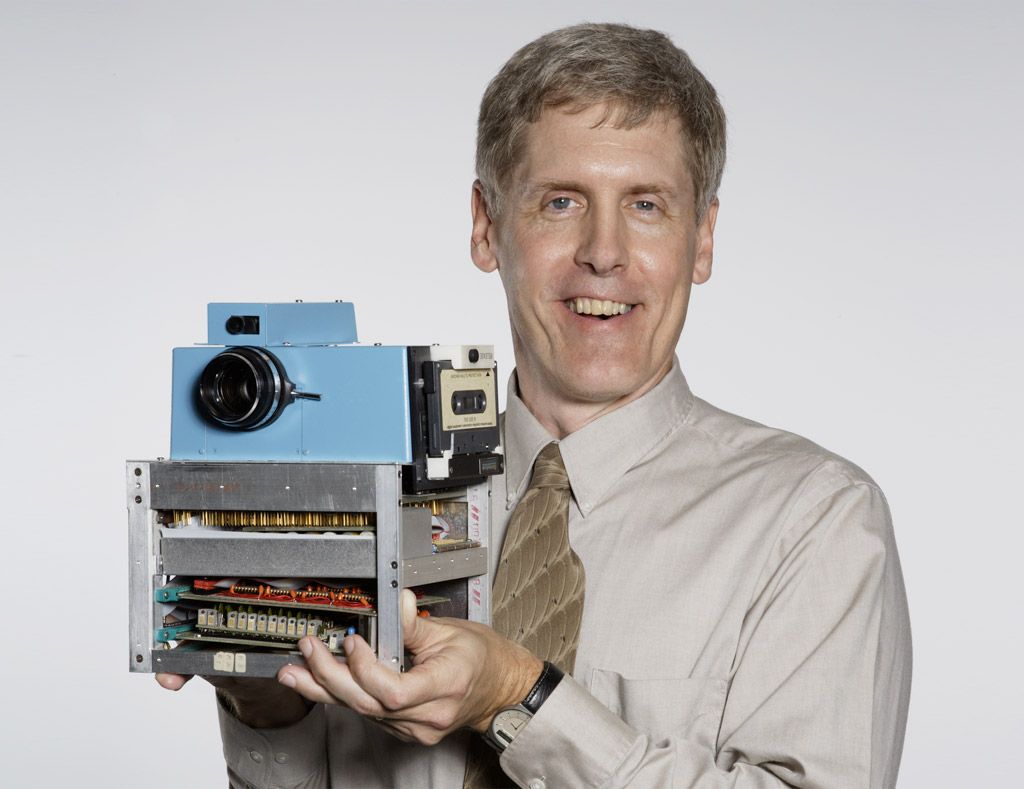
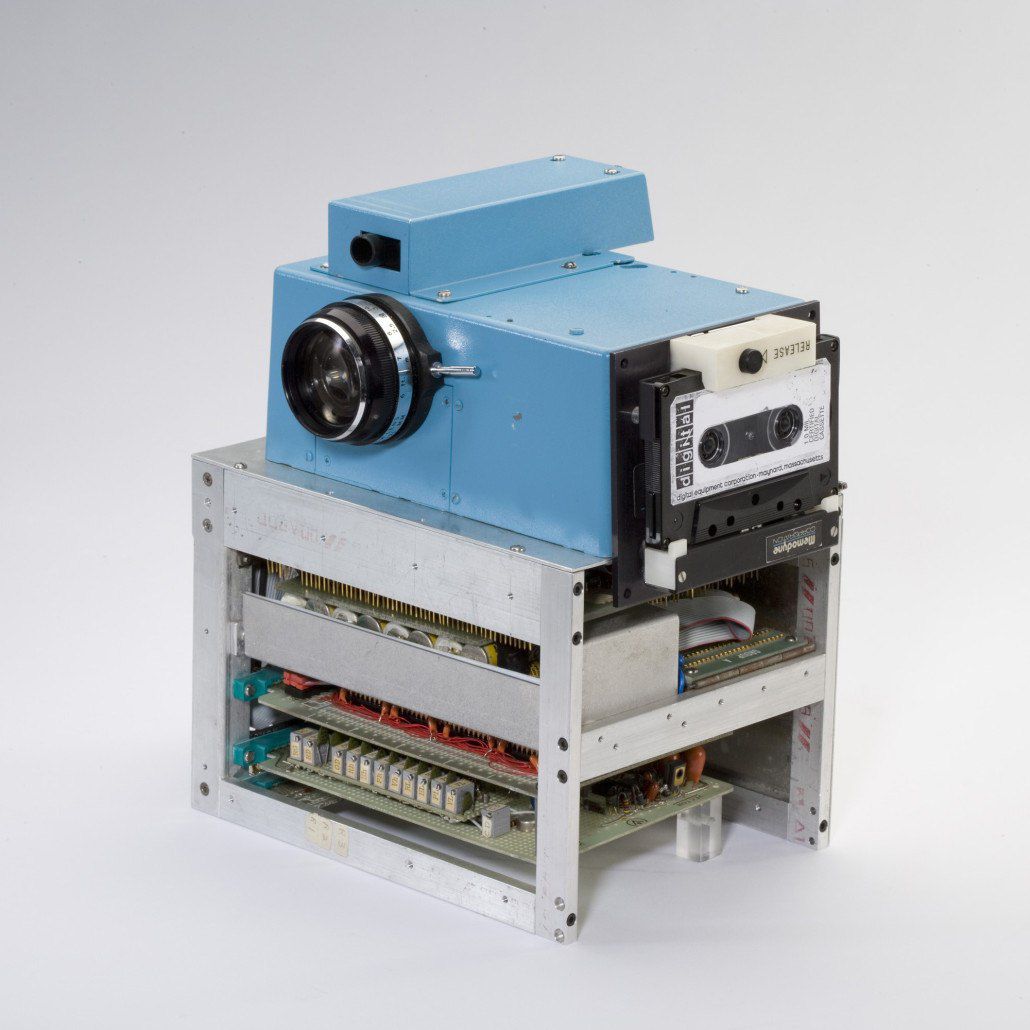
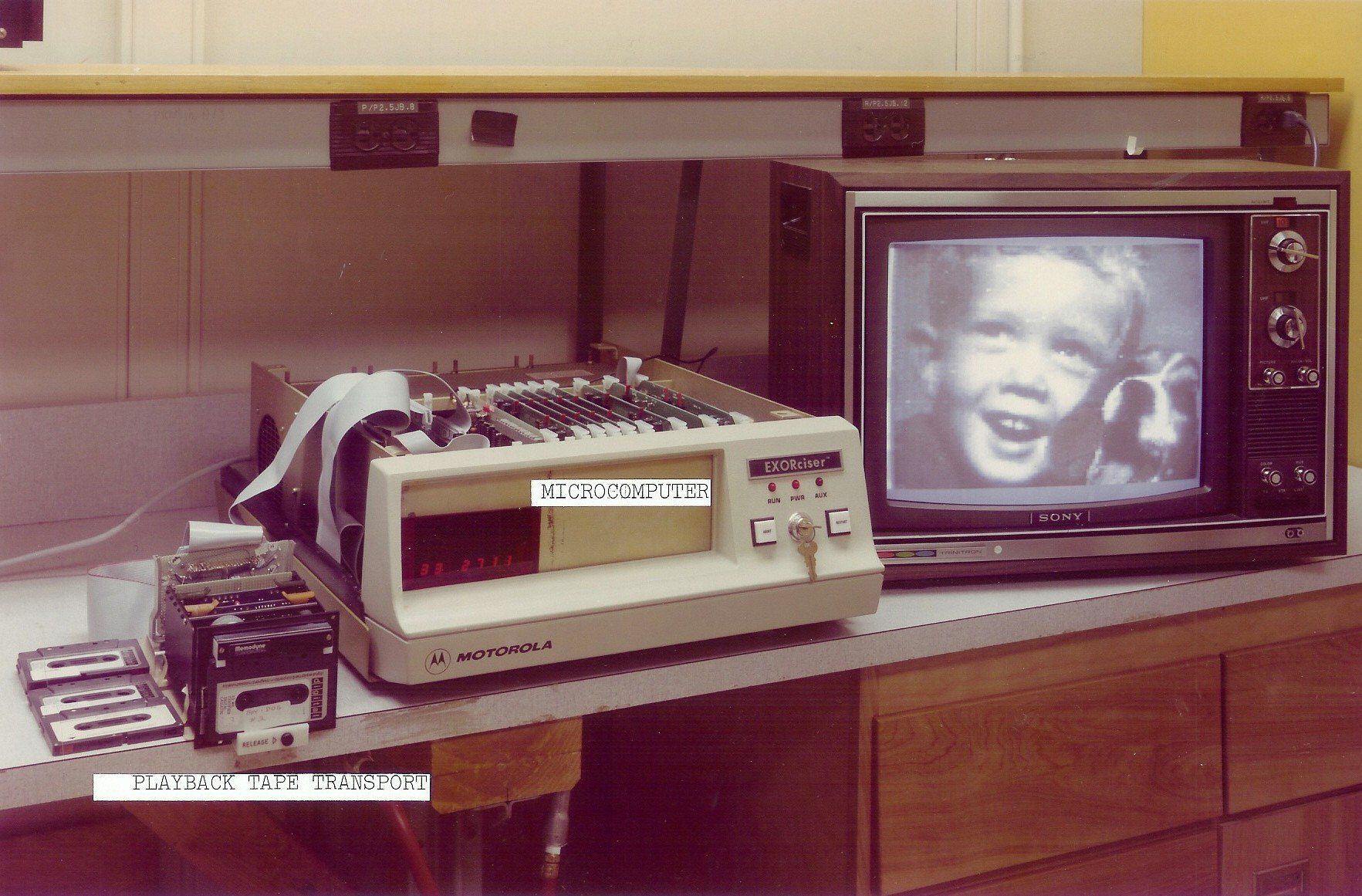
When Kodak executives asked Sassoon when digital photography could compete, he referenced Moore’s Law, which at the time was predicting how fast digital technology would progress.
2 million pixels would be acceptable enough for consumers to compete against 110 negative color film. This worked out to 15-20 years. Sassoon was using the Intel 4004 chip at the time. It took 18 years, well within Sassooon's predicted range.

At the time, Kodak made money off of every step of the photography business. The camera body, the film and the chemical paper. Why give that up?
“When you’re talking to a bunch of corporate guys about 18 years in the future, when none of those guys will still be in the company, they don’t get too excited about it,” he said. “But they allowed me to continue to work on digital cameras, image compression and memory cards.”
Kodak did patent the camera in 1978, which coincidentally, made billions until its expiry in 2007. They were stuck in a mindset of being a chemical company. Focused on a people who wanted to develop photos on photographic paper.
Disruptive innovations are not breakthroughs that make good products better. They make products and services more accessible and affordable to the masses.
Kodak would file for bankruptcy in 2012.
Hindsight is a wonderful thing. One strategy is to set up a sibsidiary, free to attack the parent company's market when you are te largest player. With more room to manoeuvre on price and R&D. As opposed to a small market player, where margins are extremely tight and any mistakes affect survival of the business.
The Business Card
Why do people use a little piece of paper with a dash of ink in the age of the smartphone? Take the apps that have tried to replace the business card. Bump failed. Pivoting their business model from bumping phones together to exchange contact details to bumping phones together to exchange money.
Cardflick failed too, with what now we would consider a cumbersone buying process. It also required both users to have the app installed.
Dave mentioned that he and his team attend many network events where cards are exchanged. Sitting down with countless people and using the jobs to be done approach. Leading with 'why do you need a business card?' There is no rush to exchnage details in the moment as we can quickly search a name on Linkedin or some other messaging platform.
Well, it came down to 3 magical reasons.
1. It develops credibility with the person you’re handing the card to.
Nobody will say "I own business cards because I want people to take me seriously."
You have a very small amount of time when interacting with potential clients to make a good first impression. You want to establish you're someone they should take seriously and consider buying from in the future. The card helps develop creditability with that person when you're handing it over.
2. It explains what you do. You have a name, title and address.
'I need something with my contact details on. Something to represent my company.'
If you’re an UX Designer and don’t have a 1st class degree in UX Post-it notetaking along with a Shoreditch business address it seems there’s a “class” of people that won’t take you seriously. There are people who’ve tapped into this. Think Office Space providers. They may want to think sbout pivotting to sell virtual vanity addresses in 2020.
3. Be Remarkable.
We go to a lot of networking events where there's heavy exchanging of cards. People with the LUX card receive compliments like, 'Wow this is a really cool card. Where did you get that? You will both have an instant shared connection. They will remember you for it.
Some Architects have now stopped ordering LUX cards because their colleages are also going out and buying them. So if you blend in with everybody you’re no longer memorable. It diminishes the value proposition to a certain extent. So MOO needs to keep coming out with new products and the customer with new designs.
Similarily MOO's small mini-cards were unique. I personally used these cards when distrbuting them at trade events and college talks even on personal street portrait projects.
Dave Wascha now works as Chief of Product for Zoopla.
To receive a weekly roundup of new posts subscribe here. Any donations go towards funding research, reporting, independant video servers and growing the site. Thank you, Rajesh.
Bitcoin Wallet: 3Dzp87Gz7EhtQpHSYCBTSMN81GMeCQgAtm
Leave a Paypal Tip

